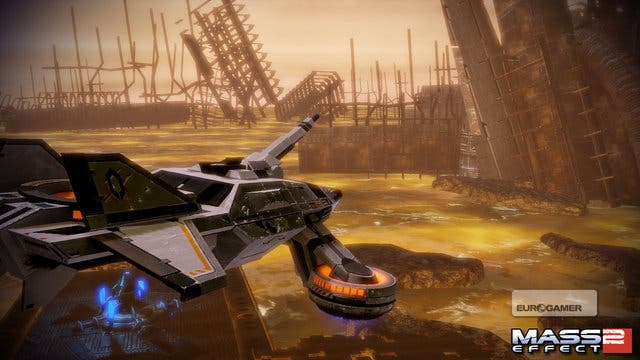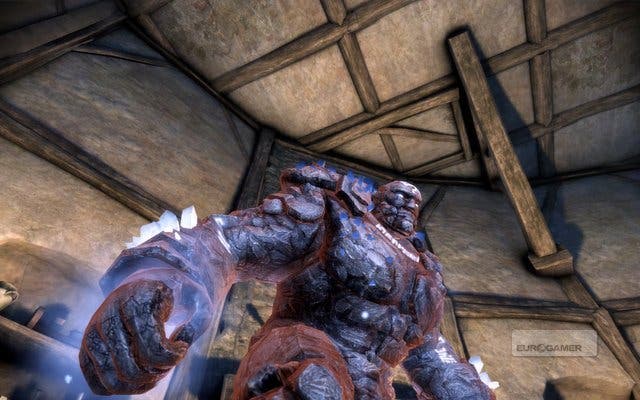For Ten Dollars More?
Is EA's controversial bonus DLC worth it when you have to pay?
It's one of the boldest steps so far in the evolution of downloadable content, as gaming edges closer to a purely digital future. EA's decision to stem the tide of second-hand sales by including a single-use code in its key titles, promising free bonus goodies for those who buy their games new and requiring those buying used games to pay extra for the same content, has proven predictably polarising among gamers.
With the scheme now in full swing, it seems like the ideal time to cast a critical eye over what, exactly, you're missing out on if you're one of those monstrous creatures who buy their games used - and whether it's worth the additional money you'll have to fork out to regain access to the bonus material.
It seems sensible to start with the game that, in many respects, was the flagship for the so-called "Project Ten Dollar" concept. Mass Effect 2 even went to the trouble of dreaming up an in-game justification for the system, enticing you to join the Cerberus Network and rewarding you with material for allying yourself with the Space BNP.
Access to Cerberus is free if you have a working code, but costs 1200 Microsoft or BioWare Points - about £10, €15 or $15 - to activate if you've picked the game up second hand. Certainly around the time of the launch there was a flurry of Network activity, with a seemingly generous spread of freebies for the loyal customer.

The "Price of Revenge" mission pack was the one with the most tangible benefit to the game, adding scar-faced merc Zaeed to your crew, and delivering him inside an enjoyable side quest. Less essential was the Normandy Crash Site, which not only risked spoiling the game's opening surprise before you'd even pressed Start, but was a curious addition in itself. Wandering the shell of your ruined starship, listening to eerie voice recordings of supporting players from the first game, the biggest gameplay decision was where to plant your tribute marker. An interesting idea, placing emotional context ahead of more traditional RPG benefits, but something most gamers could happily live without.
More useful was the Cerberus Armour, which boosted shields and health, and came with the Eviscerator Shotgun. The Arc Projector was another handy free weapon, a heavy cannon that comes in very handy on Insane Mode play-throughs. Network subscribers also got the Firewalker pack, granting a sneak preview of the Hammerhead vehicle used in the paid-for Overlord DLC.

The BioWare website promises that more content is still to come, but it seems safe to say that having offered up enough goodies to match the price tag, the Cerberus Network has grown a little dusty of late. Added together, what's been offered so far certainly represents a nice spread of bonus morsels for players with a free code, but with more and more DLC added to the pile subsequently, it's less than essential for second-hand buyers. When you can mix and match from the other weapon and armour packs, and opt for the arguably more useful and interesting Katsumi over Zaeed's grumpy chops, there are other - often better - ways to spend your money than signing up for the Cerberus Network.

